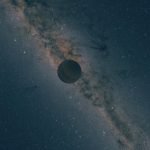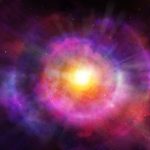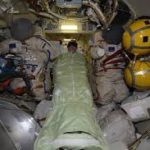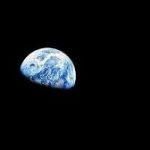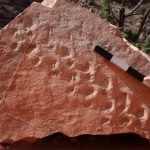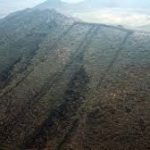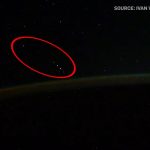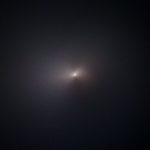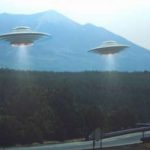Free-Floating Exoplanets May Outnumber Stars in Milky Way0
- From Around the Web, Space
- August 26, 2020
Free-floating, or rogue, exoplanets — free-floating planetary-mass objects that do not orbit a star and instead travel through space — could be surprisingly common in our Milky Way Galaxy; and NASA’s upcoming Nancy Grace Roman Space Telescope (Roman) will detect at least 250 such free-floating planets with masses down to that of Mars, according to a new paper published in the Astronomical Journal.

